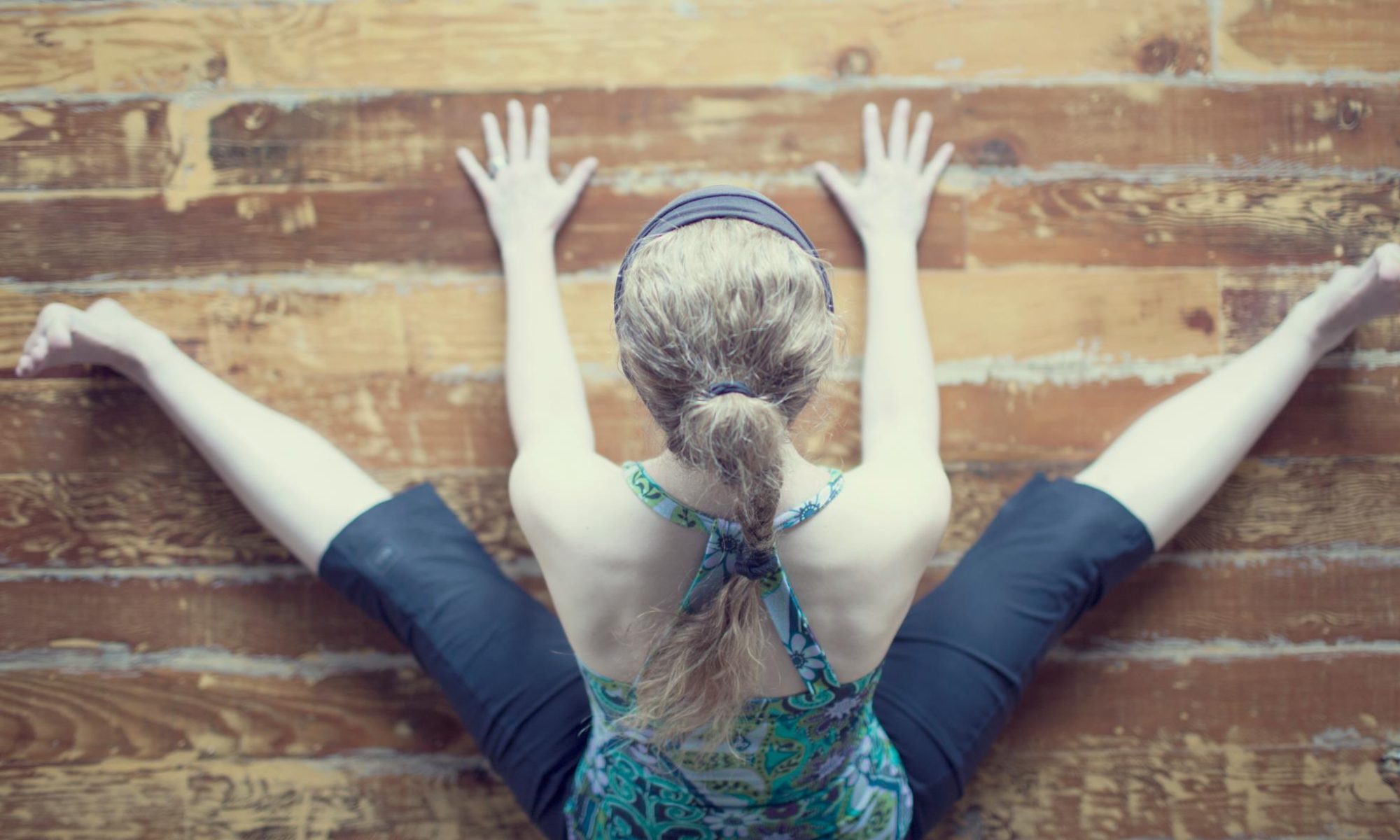
During seventy-three years of teaching and practising, I have observed that some students pay attention only to the physical aspect of yoga. Their practice is like a fast-flowing stream, tumbling and falling, which lacks depth and direction. By attending to the mental and spiritual side, a sincere student of yoga becomes like a smoothly flowing river which helps to irrigate and fertilize the land around it. Just as one cannot dip into the same river twice, so each and every asana refreshes your life force with new energy.
~BKS Iyengar, in Yoga: The Path to Holistic Health
I recently had the good fortune to attend a screening of a documentary entitled Iyengar: The Man, Yoga, and The Student’s Journey. Filmed before his passing in 2014, its release last year honoured the 100th anniversary of his birth. The film was inspiring on so many levels, and though it provided less insight into Mr. Iyengar’s early years than I had hoped for, it more than made up for it through stories of the profound effects his teachings have had on so many lives. I was particularly pleased to see Father Joe Pereira featured with his Kripa Foundation work that brings the healing benefits of Iyengar yoga to those suffering from addiction and HIV/AIDS (you may recall an earlier post I wrote about Father Joe and what an extraordinary experience it is to study with him). For me, some of the most memorable scenes in the film involve Mr. Iyengar’s granddaughter, Abhijata. We see her practicing asana intensely, with strict guidance and adjustments from her grandfather and other teachers, and she tells us, “It appears my grandfather teaches me asanas, but if I had to sum it up now, he is teaching me how to search for meaning in anything I do. He is teaching me huge concepts.” This is the true essence of yoga.
Most often we come to yoga through asana, the postures, and we arrive on our mat expecting a purely physical practice. However, if we are paying attention, we realise that the postures are merely a gateway, leading to a vast expanse of knowledge and exploration and connection. We begin a journey that lasts a lifetime, slowly peeling back the layers to reveal our innermost self, to attain what Mr. Iyengar called true alignment: “Yoga helps to integrate the mental and physical plane, bringing about a sense of inner and outer balance, or what I term alignment. True alignment means that the inner mind reaches every cell and fibre of the body.” This journey towards true alignment begins on our mat, but it does not remain there – the lessons we learn in each and every practice, through each and every asana, begin to colour and shape how we view and interact with the world around us.
Mr. Iyengar defined yoga as “the union of the individual self with the universal self.” His teachings embodied the eight-limbed path set out in the Yoga Sutra by the sage Patanjali: Yama (ethical behaviour), Niyama (restraint/discipline), Asana (posture), Pranayama (expansion of vital energy, the breath), Pratyahara (detachment of the senses), Dharana (focused attention), Dhyana (prolonged concentration, meditation), Samadhi (“when the knower, the knowable, and the known become one”). Deep exploration of this eight-limbed path takes a lifetime (or many lifetimes), but I believe that we can be forever changed even by taking the first step on this path: by embracing the first Yama, Ahimsa. Ahimsa translates as non-violence – toward ourselves, others, the world around us, non-violence in our thoughts, words and deeds. To me, an equally apt definition of Ahimsa would be compassion. When we practice yoga, we learn to be compassionate toward ourselves, and as we direct compassion inward, we begin to radiate it outward to all those we encounter. As Abhijata said, yoga is teaching us huge concepts – we need only open and awaken to these lessons and let them unite us with something greater than our individual self.
If you have the opportunity to see this documentary, I highly recommend it. In the meantime, I share with you the trailer for a glimpse of the film’s wisdom and insight.


 This weekend I had the extraordinary privilege of studying with Father Joe Pereira. A Catholic priest for 51 years, Father Joe also studied closely with B.K.S. Iyengar for more than 40 years. He has been sharing the wisdom and healing power of Iyengar yoga around the world, while harnessing its therapeutic benefits to treat addiction and manage HIV/AIDS at the 69 treatment centres run by Kripa Foundation, which he founded in 1981 (
This weekend I had the extraordinary privilege of studying with Father Joe Pereira. A Catholic priest for 51 years, Father Joe also studied closely with B.K.S. Iyengar for more than 40 years. He has been sharing the wisdom and healing power of Iyengar yoga around the world, while harnessing its therapeutic benefits to treat addiction and manage HIV/AIDS at the 69 treatment centres run by Kripa Foundation, which he founded in 1981 (